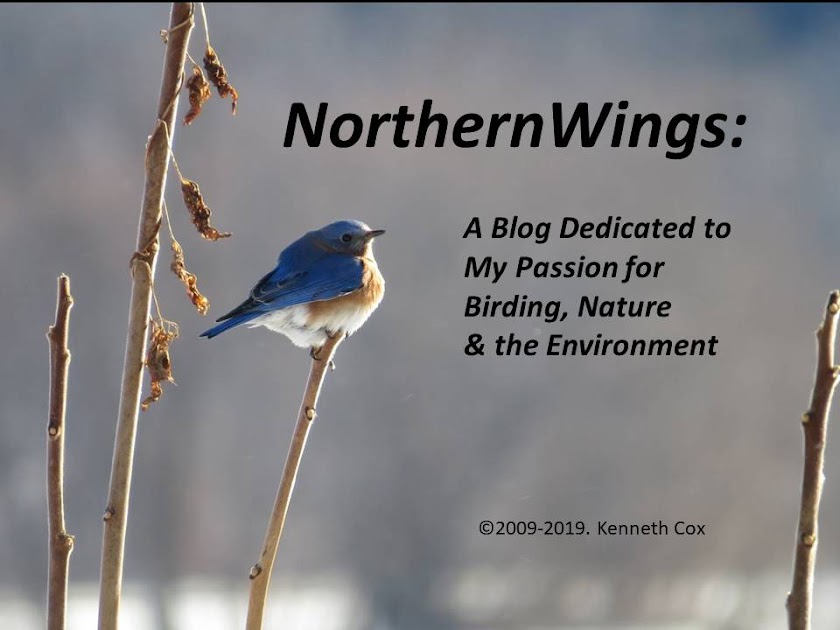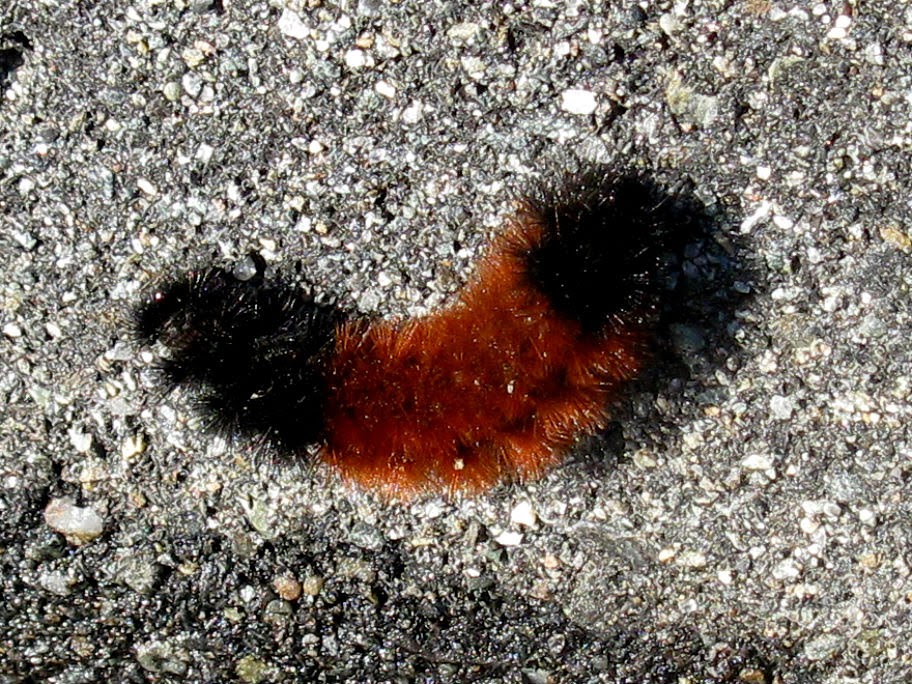The second Prairie Falcon of this year was discovered along Otter Creek Road in Addison on Tuesday, December 9 by Rodney Olsen. Another, quite possibly the same bird but as yet not confirmed, was spotted nearly a year ago (January 1) in the vicinity of Gage Road. The two locations being separated a flight distance of about four miles.
Hearing of the sighting Don Clark and I struck out to find it Thursday morning following a night of heavy snowfall making driving conditions a bit sketchy. Arriving shortly after 8 a.m. at the location on Otter Creek Road, where the falcon was seen by local birders the day before and making several drives up and down the road checking out every raptor and raptor-like object in sight, it was not to be found. But at 11:30 a.m. a suspicious bird was spotted perched in a tree farther to the east adjacent to VT Route 17. Viewing it through our scopes it clearly had all the markings of a Prairie Falcon. We were able to drive closer for a better view, and Don was able snap off several photos (one posted below) before it took to the air flying in the direction of Otter Creek Road. As there were several other birders in the area looking for it without much success, we caught up with them to pass along the good news. From that point on the falcon was seen several times at various locations along the length of Otter Creek Road. This bird can cover a lot of ground in a short period of time.
Hearing of the sighting Don Clark and I struck out to find it Thursday morning following a night of heavy snowfall making driving conditions a bit sketchy. Arriving shortly after 8 a.m. at the location on Otter Creek Road, where the falcon was seen by local birders the day before and making several drives up and down the road checking out every raptor and raptor-like object in sight, it was not to be found. But at 11:30 a.m. a suspicious bird was spotted perched in a tree farther to the east adjacent to VT Route 17. Viewing it through our scopes it clearly had all the markings of a Prairie Falcon. We were able to drive closer for a better view, and Don was able snap off several photos (one posted below) before it took to the air flying in the direction of Otter Creek Road. As there were several other birders in the area looking for it without much success, we caught up with them to pass along the good news. From that point on the falcon was seen several times at various locations along the length of Otter Creek Road. This bird can cover a lot of ground in a short period of time.
 |
Photo by Don Clark.
|




1.jpeg)









